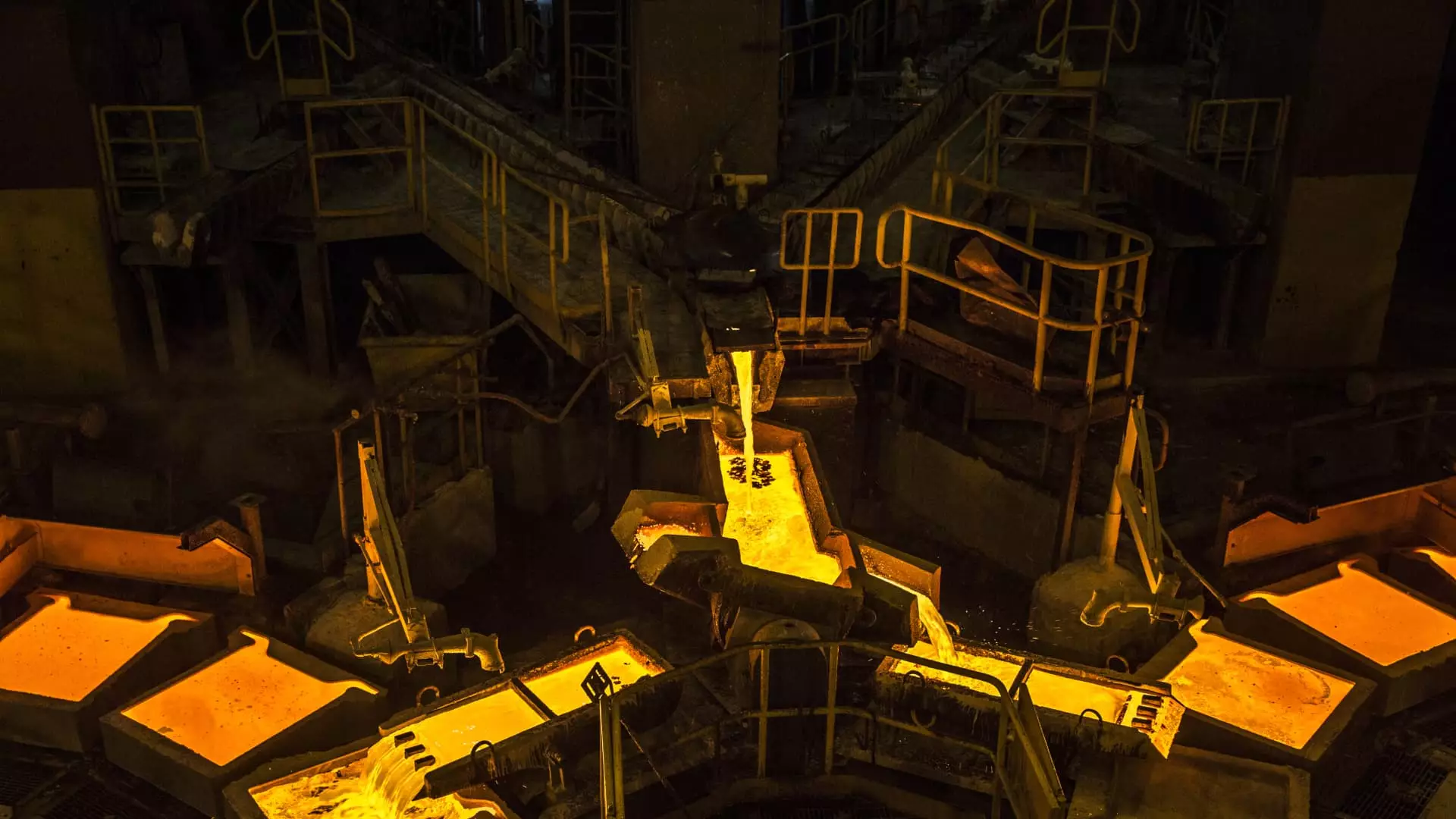In the latest economic climate, Peru’s sovereign bonds have emerged as a beacon of potential for international investors, thanks in large part to a significant reduction in political chaos that has pervaded the nation for years. Currently, foreign investors are holding approximately 39% of the Peruvian sovereign bond market—an impressive statistic that places it at the forefront of emerging market countries. This heightened interest reflects a rejuvenated optimism surrounding Peru’s fixed income landscape. With Moody’s assigning a Baa1 credit rating to these bonds, the outlook appears promising, especially considering that the nation has weathered a storm of political instability, which previously deterred foreign investment.
The political environment, however, is far from serene. Earlier this year, President Dina Boluarte faced demands for her resignation, ignited by serious allegations of corruption. Although calls for her impeachment have subsided somewhat, the deadlock between Boluarte and Congress remains a concern. Despite these challenges, experts like Pramol Dhawan of Pimco believe that Peru is succeeding in the crucial task of catering to international investors. Dhawan asserts that the country’s proactive approach towards offering competitive returns on domestic assets plays a key role in attracting external capital.
Peru boasts a modest debt-to-GDP ratio of 33%, significantly lower than its regional counterparts like Brazil and Chile, which are burdened by ratios of 86.7% and 40.5%, respectively. This economic structure, paired with a stable currency—the Sol—has enabled Peru to build a robust financial foundation, appealing to foreign investors seeking low-risk avenues. Recently, the Central Reserve Bank of Peru has decreased interest rates to 5.25%, the lowest in Latin America, creating yet another attractive factor for investors. Additionally, the steep yield curve of Peruvian bonds stands in stark contrast to the inverted yield curves witnessed in other countries, including the United States.
David Austerweil from VanEck emphasizes the favorable investment conditions in Peru, noting that local bonds such as the 2-year Soberano, yielding 4.661%, and the 10-year Soberano, yielding 6.428%, indicate positive prospects for duration as the Federal Reserve moves through its rate cut cycle. Interestingly, the ongoing political dysfunction—while inherently problematic—seems to have inadvertently fortified Peru’s fiscal health. Austerweil points out that the gridlock within Congress has led to greater stability in fixed income outcomes, revealing a paradox where political instability may yield better fiscal results.
While the bonds shine brightly, the equity landscape tells a more complex story. The MSCI Peru Index has shown impressive gains of 24.8% in 2024 and a staggering 55.8% over the past year, outperforming other indices in the emerging markets sector. Nonetheless, analysts caution against placing excessive confidence in this trajectory, as the commodity-driven growth may only be a short-term boon. Over-reliance on the mining sector—with its significant volatility—poses risks that could undermine the stability of the Peruvian equity narrative. Mining companies dominate the Peruvian market landscape, making the stock market susceptible to fluctuations in global commodity prices.
The recent surge in copper prices, which have risen by 24.5% year-to-date, accompanies these concerns. Increased demand from Chinese stimulus measures has invigorated hopes for a rebound in commodity-driven economies. Yet, experts like Dhawan warn that without a more functional political system and continuous commodity supercycles, sustainable growth remains elusive. The overriding ethos suggests that while mining can offer lucrative returns, the absence of a coherent political strategy could limit broader economic prosperity.
As we look towards the future, Peru finds itself at a crossroads, balancing the strengths of its bond market against the uncertainties within its equity sector. The environment suggests that even though the sovereign bonds are positioned favorably for international investment, the broader economic stability hinges on resolving the political challenges that continue to linger. Investors will be monitoring developments closely, as ongoing reform and governance could make or break the investment landscape in this vibrant yet volatile nation. While Peru’s bonds shine promisingly in the international market, the equity story remains one of cautious optimism tempered by significant risk factors.

